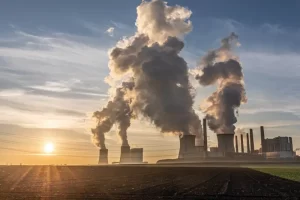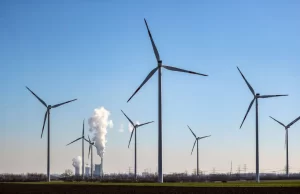New study updates the “social cost of carbon”
Editor’s Note: Here’s a post from Jonathan Marshall on Community. He’s written extensively about carbon pricing. See also his recent e-book on Carbon Pricing.
A new paper by three distinguished European economists offers a simple and intuitive method for estimating the “social cost of carbon” (see this thread) in place of more complex and challenging mathematical approaches.
Cutting to the chase, they derive estimates of the social cost of carbon that start around $182 per ton of carbon dioxide today, rising to nearly $600 per ton in 2050.












